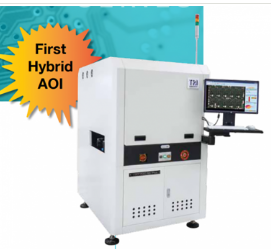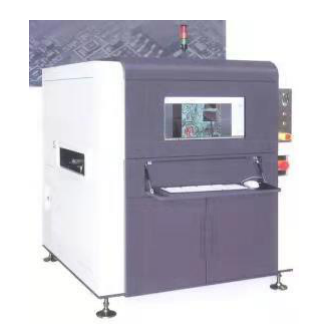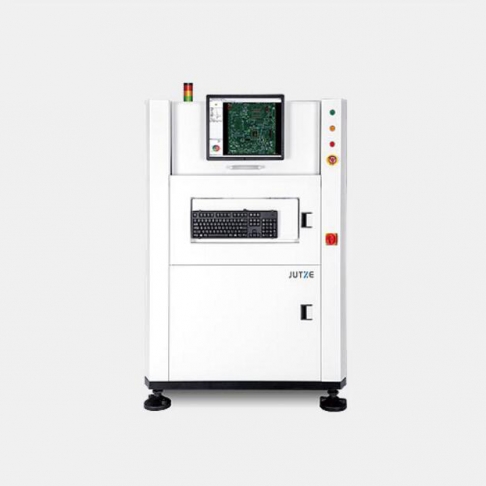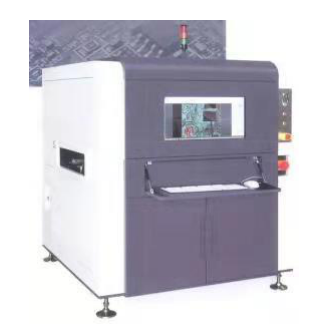In modern electronics manufacturing, AOI (Automated Optical Inspection) technology has become a crucial tool for ensuring product quality. Particularly in the SMT (Surface-Mount Technology) process, the application of AOI systems can significantly enhance production efficiency and product reliability. Pre-reflow AOI and post-reflow AOI are two distinct applications of AOI, each with its own unique advantages. Understanding their differences helps in selecting the most suitable inspection strategy to improve overall production line quality.
Pre-Reflow AOI: Precise Early Detection
Pre-reflow AOI, as the name suggests, involves optical inspection of PCBs (Printed Circuit Boards) before soldering. Its primary task is to identify potential defects that may occur during the placement process, including but not limited to:
Placement Misalignment: Whether components are positioned accurately on the PCB.
Missing Components: Whether any components are missing from the board.
Polarity Errors: Whether polarity-sensitive components are mounted in the correct direction.
Shorts and Opens: Potential electrical connection issues.
The key advantage of pre-reflow AOI is its ability to identify and correct errors before soldering, thereby preventing these issues from worsening during the soldering process. This leads to smoother subsequent steps in the production line and significantly reduces the likelihood of rework.
Post-Reflow AOI: Final Inspection
Post-reflow AOI is conducted after the PCB has passed through the soldering oven and focuses primarily on soldering quality and component integrity. Typical inspections include:
Solder Defects: Such as cold solder joints, bridging, and excess solder.
Pad Damage: Checking for damage or detachment of solder pads.
Component Shifts: Whether any components have shifted or misaligned during soldering.
Surface Defects: Such as contamination, foreign objects, and cracks.
The main advantage of post-reflow AOI is its ability to detect various issues caused by the soldering process, ensuring the final quality of each PCB. This stage of inspection can capture potential problems that pre-reflow AOI may have missed, contributing to higher product reliability and performance.
Integrated Use of Pre-Reflow and Post-Reflow AOI
In practical production, combining pre-reflow and post-reflow AOI offers comprehensive quality control:
Early Prevention and Late Confirmation: Pre-reflow AOI helps in error prevention before soldering, reducing defects during the soldering process; post-reflow AOI provides a final inspection to ensure soldering quality.
Reduced Rework and Scrap: By identifying issues early, the rework rate and scrap rate after soldering are reduced, improving production efficiency and economic benefits.
Enhanced Product Reliability: The integrated approach effectively lowers product failure rates, boosting customer satisfaction and market competitiveness.
Summary
Pre-reflow and post-reflow AOI each have their unique functions and advantages. In modern electronics manufacturing, effectively combining these two technologies can greatly enhance quality control during the production process. Pre-reflow AOI provides early warnings, reducing subsequent problems, while post-reflow AOI performs stringent checks on finished products to ensure final quality. When selecting an AOI system, companies should consider their production needs and quality standards to integrate these technologies effectively, ensuring a high level of efficiency and stability in the production line.








